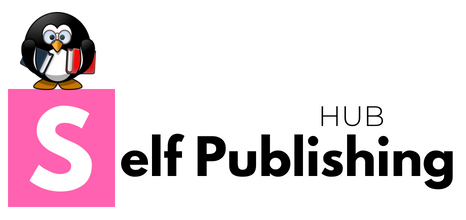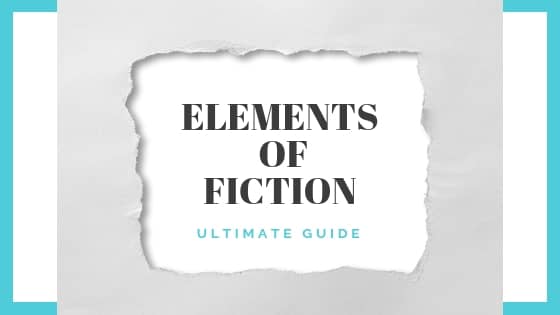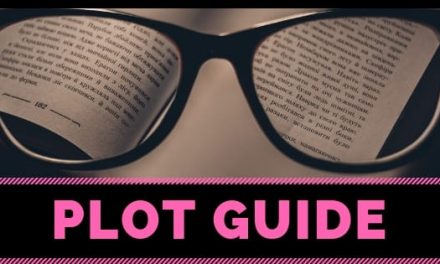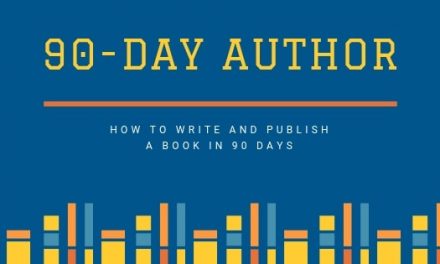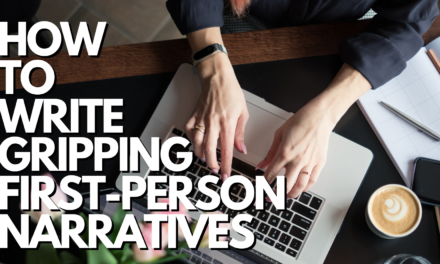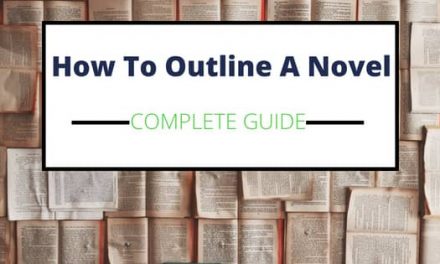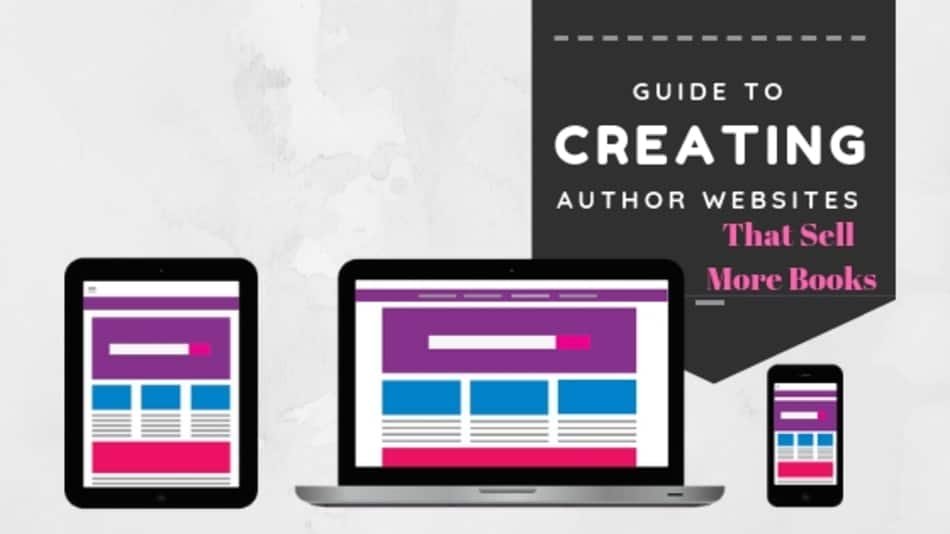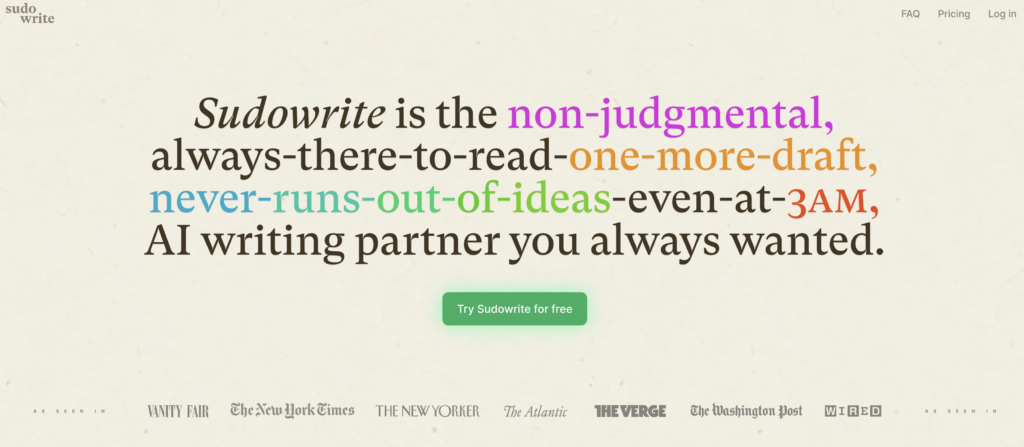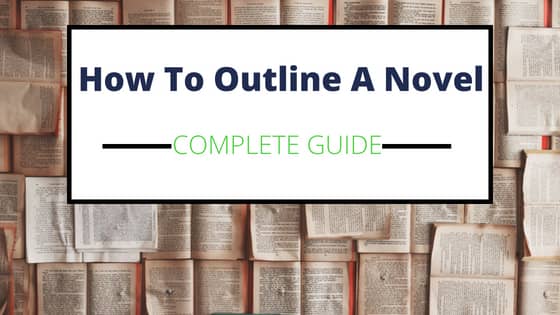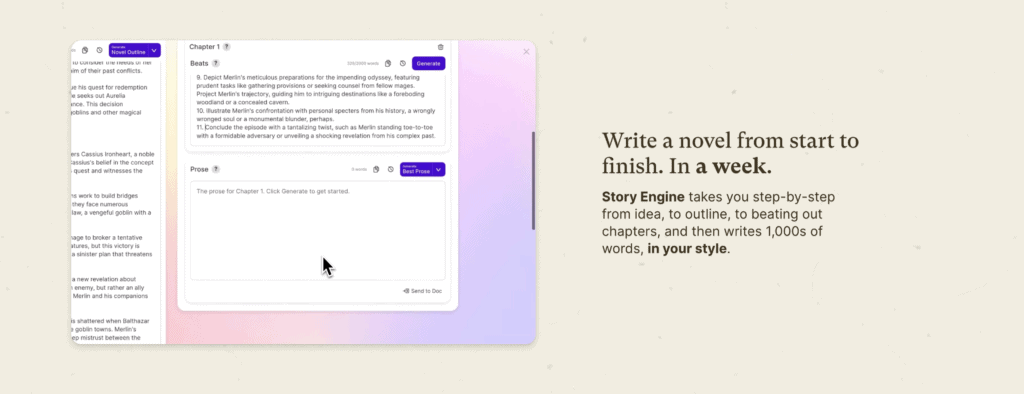Disclosure: The content on this site is free. Some of the links below are affiliate links from companies like Amazon.com and if you click the links and make a purchase we will receive a small commission at no additional cost to you. Thank you in advance if you decide to support our site by using our affiliate links!
Story Element #4: Point of View
Our next story element is Point of View.
What is the definition of “Point of View” as an Element of Fiction?
What is the definition of Point of View? Point of view is the camera lens in which the author decides to tell his story. Meaning point of view decisions should be made purposefully. When you decide on a point of view you are signing up for all the pros and cons that come with that decision.
Each point of view decision comes with certain limitations as to how much the reader can know and be made aware of. It’s important to stay consistent with these choices throughout the novel to keep your readers from feeling lost. Point of view will also determine things like the tense of your story.
There are three primary types of Point of View.
- First Person – The narrator tells the story from his/her own perspective. example: (“I slammed the door.”)
- Second Person- The narrator tells the story about you the reader. (” You slammed the door.”)
- Third Person- The narrator tells the story of someone else. (“He slammed the door.”)
Remember each decision comes with rules and consequences so choose wisely. Each of these primary types of point of view has various sub-types of within them. Each point of view can be a specific guide onto itself.
Read our guide on the different types of Third Person Point of View Here
Why is the “Point of View” element important?
We touched upon it already, but Point of view helps to orient your reader. You remember how we said you want to consider the point of view as the camera lens the reader gets to see the story unfold through. If you hop point of views without rhyme or reason your reader will be left confused and disoriented. They won’t be able to follow the story, and thus it will frustrate them.
You will also be limited to knowing different things about different characters based on your point of view choices. You can’t simply jump in and out of the heads of all your characters. So when you decide on a point of view make the decision based on what’s best for your novel.
What can a writer accomplish by mastering the use of Point of view?
If you pick a point of view properly it will allow you to keep elements of your story unknown, while exposing other elements in a symbiotic way as to build on each other towards an overall better experience for your readers.
Understand which characters are most important to your story, and is it important to give your reader a limited or full view through that character’s camera lens as they experience the story. If you ask yourself these questions you will quickly think about what you are trying to accomplish with your story and characters and then understand which point of view is the best vehicle for accomplishing that.
